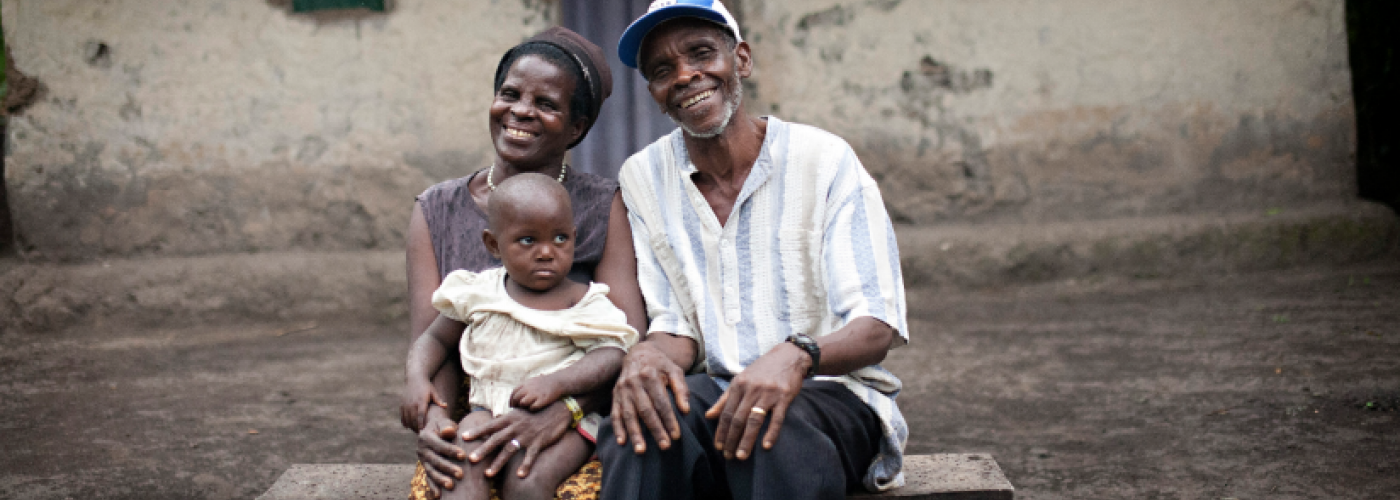Pathway out of Poverty: Two Challenges, One Solution
Image

This post was authored by Scott Aebisher from HealthPartners.
This is the sixth post in the Cooperative Development Learning Series, which highlights learning from USAID’s Cooperative Development Project. Click the links to read the first, second, third, fourth, and fifth posts.
Generating sufficient income and maintaining one’s health are universal concerns seen in many rural settings. Uganda is no exception. HealthPartners has had the opportunity to focus on these concerns head-on since 1997 when we were invited to interact with dairy cooperatives that had been established in rural Uganda. What we observed during our initial visit were organized groups calling out a need to generate enough income for basic living needs and to find ways to assure access to quality healthcare. As a result of these needs, there were measurably poor health outcomes and low productivity. By helping dairy cooperatives add a health cooperative product, with support from USAID’s Cooperative Development Program (CDP), we were able to identify a single solution that addressed the two significant challenges.
Keenema Joseline, a 38-year-old mother of four who lives in rural Uganda, was a member of a burial society. Members invested so when one dies, savings were used to host a ceremony for the burial. While this group was meeting an important cultural need, members longed for a way to invest in health. The group reached out to a local healthcare facility to pursue a potential partnership.
Most health care providers in Uganda experience high debt due to the inability of patients to pay for treatment. In rural Uganda, as in many countries, people delay seeking care because they cannot afford it. The longer someone waits, the more expensive their treatment becomes and the more time they miss from work. With limited options, some individuals will eventually go for care, but avoid paying, or sell their most valuable assets to pay for the care. Often the sale includes a family’s only income-generating asset, like a dairy cow.
Pairing two challenges led to a solution. With an understanding that patients are less expensive to treat and recover more quickly when they seek care early, the care provider agreed to offer a prepayment option. Through our assistance, the provider applied insurance principles to maintain shared risk so burial society members could seek care sooner at a lower cost. The burial society added a savings plan to invest in life. Today, the provider receives much more of their revenue from member premiums than from the out of pocket payments they were actually able to collect.
The same solution solved two partners’ challenges. In a similar scenario, Butuuro Savings and Credit Co-op Organization (SACCO) began as a savings group for members but suffered from a high default rate due to unexpected member illness. Identifying the two related challenges helped them to find a partner to create a solution. The SACCO raised funds, built a health center, and asked HealthPartners to help them learn how to manage cooperative health insurance. Offering health co-op services to savings group members improved member health and increased the rate of return on SACCO loans. Savings profit increased and membership doubled as new members sought the added benefit of the low cost, improved health care option.
To achieve this, we took the following steps to ensure a locally-led approach:
- Brought together key stakeholders melding cooperatives, health care providers, and community leaders to identify their challenges and goals, then - identify organizations within their environment who also had something to lose or gain related to their challenges and goals
- Connected stakeholders to each other.
- Created an opportunity and facilitated discussion but did not give solutions. Local solutions are locally affordable and thus sustainable. Initial ideas oftentimes come at a lighter price. Given time and opportunity, stakeholders identified win-win ways forward that they could achieve within their existing means.
- Facilitated the process of collaboration as stakeholders learned to develop, pilot, and adjust partnerships that met their needs.
- Encouraged partners to keep terms of agreement short so they can be flexible as they learned.
- Began with the end in mind.
- Invested in building capacity and facilitating connections only. To be sustainable, exchanges — financial and in-kind — needed to be between the stakeholders who invested in order to benefit.
For more information on HealthPartner’s work in Uganda, please visit our website.
Scott Aebischer and his staff are responsible for serving more than 1.36 million HealthPartners members through several service centers, including member services, CareLineSM nursing services, and Nurse NavigatorsSM. Scott is responsible for product development, marketing and sales systems, market research and strategic information, and overall web development. Since 1997, Scott has led HealthPartners’ USAID-funded programs in Uganda. Before joining HealthPartners in 1991, Scott worked as the manager of provider relations at PreferredOne and was director of social services with Fairview Hospitals. He holds a master's degree in public health administration and a BS from the University of Minnesota.


